
In the very early days at Cottesloe beach, picnics on the sand, listening to live bands and strolling along the foreshore were more popular than swimming – there were no facilities for changing into swimsuits and full dress was common even in the summer heat – Early settlers brought with them English moral standards which meant modesty was highly valued. This prevented most from ever considering donning a bathing costume and entering the water where they may embarrassingly encounter others doing the same thing!
However, in March of 1899 – in readiness for the summer season, bathing bylaws were gazetted to ensure standards of decency were upheld. One beach notice read: Regulation costume for men and women; dress of dark material — serge, flannel or flannelette extending over the shoulder to the knee. Those in swimsuits should not loiter on the beach or on the jetty. Crude bathing boxes provided some degree of privacy while changing into the obligatory cumbersome costumes.
Nevertheless during one incident, the Roads Board had to write to Mr Burt of Cottesloe regarding his sons who had been bathing without trunks, which was in violation of the bylaws. The temptation which came with living so close to the sea must have been too much for the young boys.
Two significant years in the early history of Cottesloe are 1905, when the Hotel Cottesloe was built, and 1906 when the jetty was constructed. By this time the popularity of the beach had increased considerably and so had the desire to be in the water swimming during the sweltering summer heat. To meet community demands more substantial bathing boxes were erected. Mr Page was a well-known provider at Cottesloe beach.

The jetty became a focal point for many activities on Cottesloe beach. The Roads Board framed bylaws to control its use and the first of the 14 rules was that forbid bathing from the pier. An additional bylaw was suggested – that bathers over 6 years of age shall be clothed from neck to knee.
In 1910 the Council decided to allocate space on the beach specifically for ladies and children under 12 years of age, thereby discouraging mixed bathing. However on 28 January 1917, the Sunday Times declared a “Wowser at Cottesloe” when members of both sexes were seen “jumping about in the water…these are the mixed bathers and some of the wickedest people”.
By 1925 it had been declared that ‘the costume to be worn on beaches be a two-piece costume, Canadian style, reaching from the neck to the knees in such a manner as to secure the observance of decency’. And as for scarlet or red costumes – definitely a NO NO!
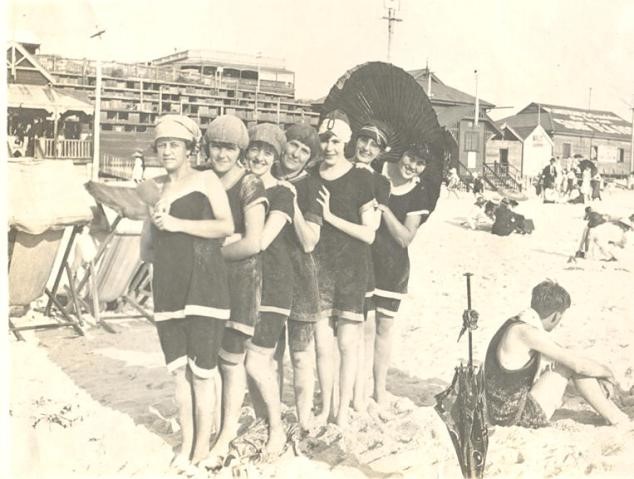
During the 1930s the Council received numerous letters of complaint regarding improper dress being observed on the beach. Beach inspectors were deployed to ensure the beach bylaws were upheld. At the time Mayor John Black’s comments show that he was a very practical, progressive man:
“People can have little or nothing on and still be well behaved, and on the contrary they may be fully dressed and most objectionable. It is a time of changing fashion …”
By 1934 it was common for young men to ‘roll down’ the tops of their bathers. There were a few prosecutions but the Council was generally sympathetic to the local surfers. Unfortunately suits that were rolled down often became lost entirely when dumped from a wave and the unlucky surfer had to shriek to nearby females to keep away until they had reclaimed their bathers from the water!
In November of that year a new type of bathers appeared at North Cottesloe beach. The 2-piece for girls left uncovered the middle area of body between the two pieces. The costume was described in the Daily News in detail. The garment described was brown and white, backless, with strings tied around the neck and waist. The brief trunks fitted neatly to the figure, and newspapers predicted a short life for the two-piece.

Daily News (Perth, WA : 1882 – 1950), Monday 19 November 1934, page 1
Many of the councillors, and the Mayor, were sympathetic to the changes but never the less were bombarded with complaints from indignant ratepayers.
The surfers’ problems were solved in 1935. In November of that year the newspapers carried the exciting headline – ‘Bare Torsos – Nedlands approval of male bathers’. The article advised that the Nedlands Roads Board had approved a beach bylaw permitting men to wear bathing costumes without tops, i.e. TRUNKS! The garments must be supported at the waist by a belt or braces and the legs must extend at least 3 inches.

West Australian, Saturday 19 December 1936, page 15
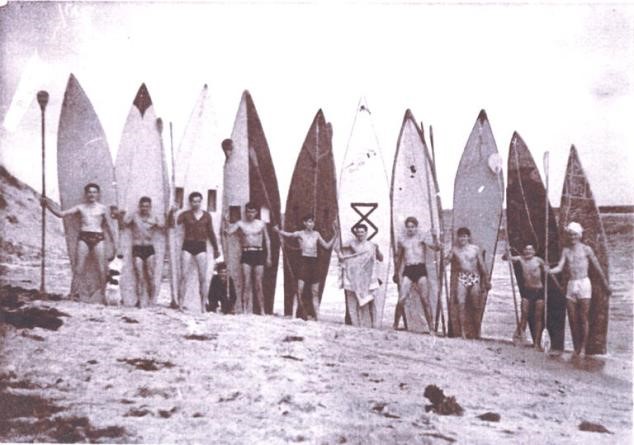
Even so, Cottesloe was hesitant to adopt the new bylaw, however by 1937 there was reference to bathing trunks becoming scantier and scantier.
Perhaps 1945-46 saw the most significant change in the history of the swimsuit. This was when the bikini made its appearance. It was the brainchild of Frenchman, Louis Reard, whose swimsuit was reported to be the smallest bathing suit in the world, not genuine unless it could be pulled through a wedding ring! By 1960, the bikini had become so popular that it was mass produced throughout Australia.
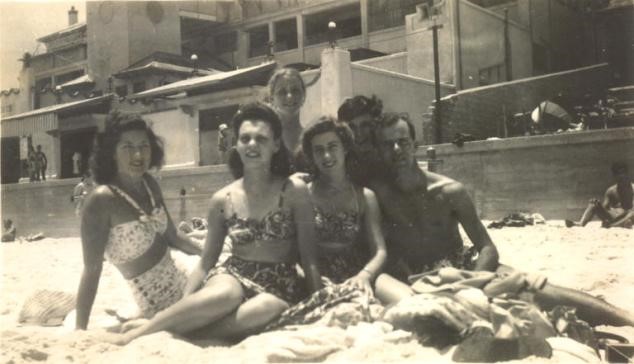
Just one year later in 1961, Swanbourne nudist beach was established. A far cry from the prudish morals prevalent at the turn of the century. Now it seems anything goes, and everyone enjoys the beach in an array of bather designs in the most vibrant of colours.
Adapted for publishing from The Cottesloe Society Newsletter

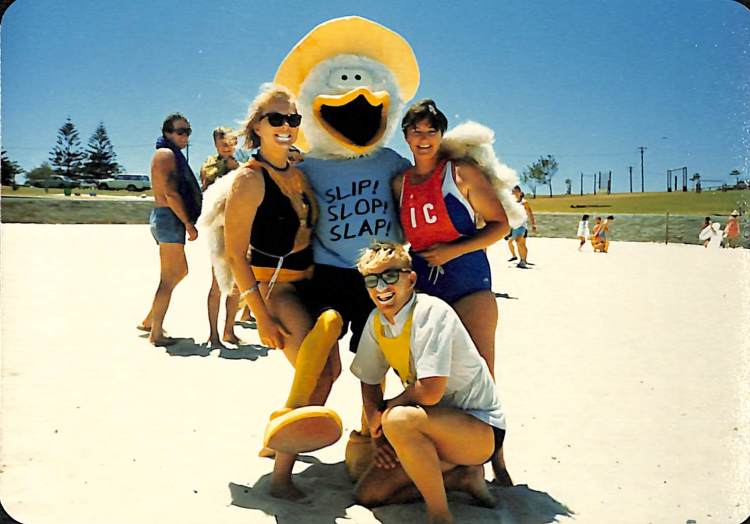 On 24th January, 1924, a German visitor named Gerd von Dincklage-Schulenburg made good on a bet he had made over a beer a few days earlier and swam from North Mole in Fremantle to Natural Jetty in Rottnest becoming the first recorded person to complete the swim. Despite being warned of the dangers associated with the swim, mainly the cold, rips and of course sharks, Gerd was not discouraged and completed the distance in 9 hours and 45 minutes.
On 24th January, 1924, a German visitor named Gerd von Dincklage-Schulenburg made good on a bet he had made over a beer a few days earlier and swam from North Mole in Fremantle to Natural Jetty in Rottnest becoming the first recorded person to complete the swim. Despite being warned of the dangers associated with the swim, mainly the cold, rips and of course sharks, Gerd was not discouraged and completed the distance in 9 hours and 45 minutes.

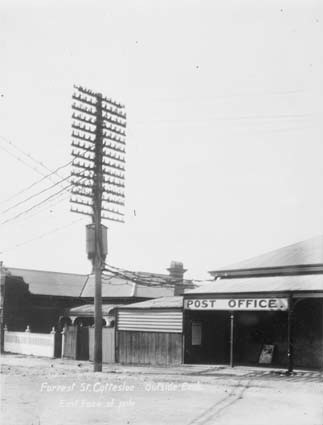

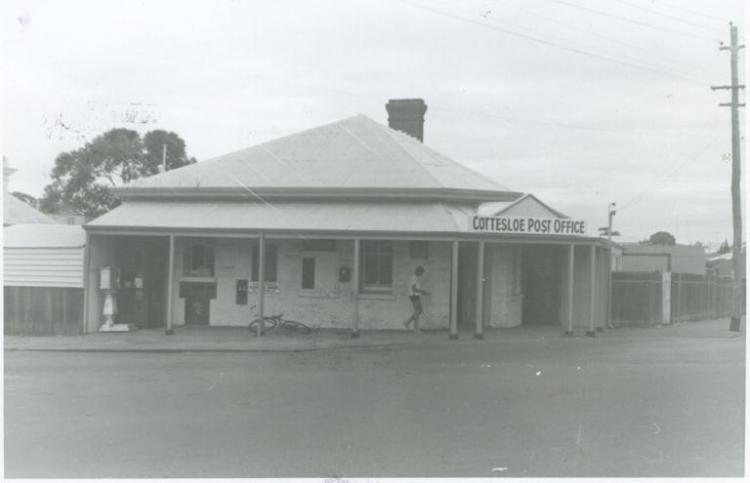

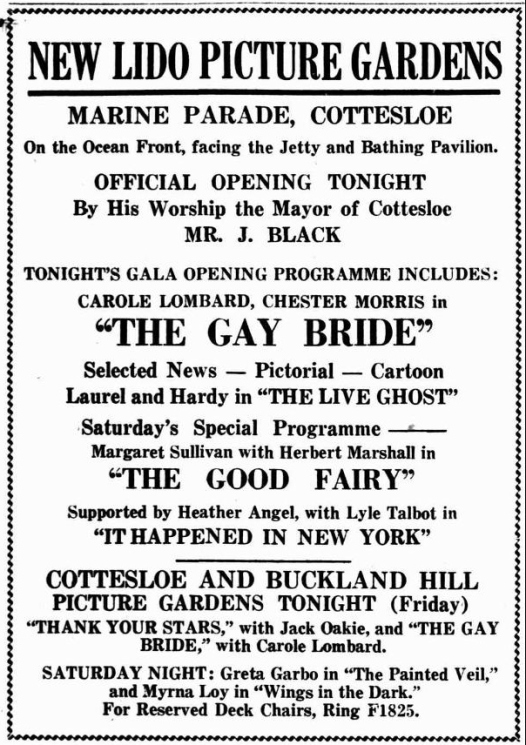
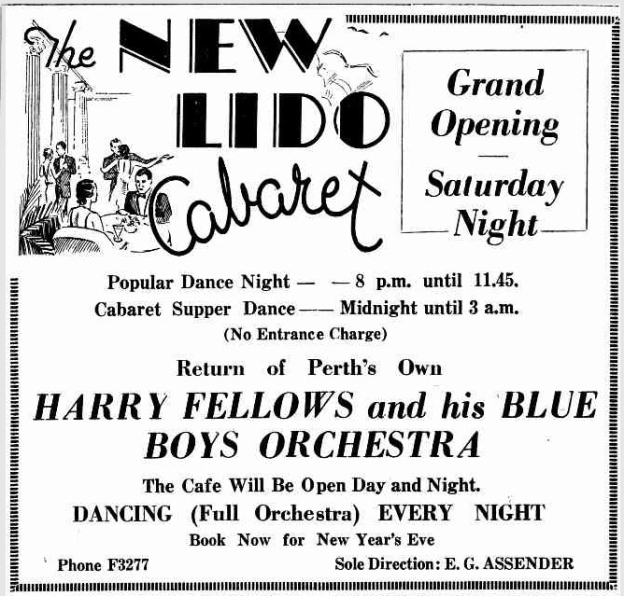
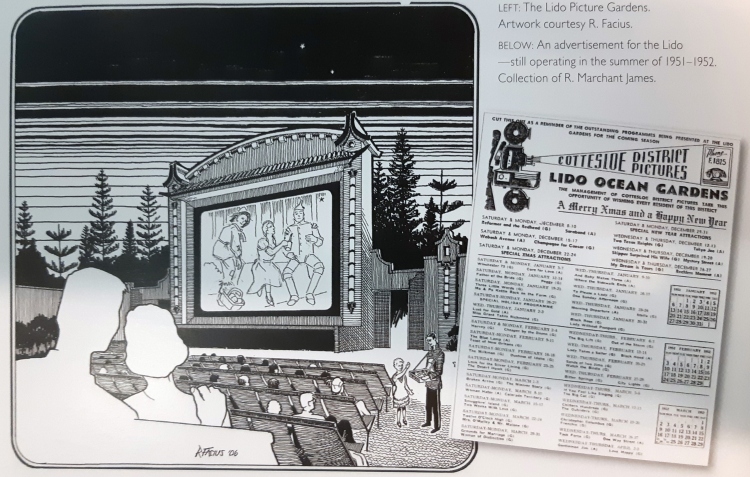

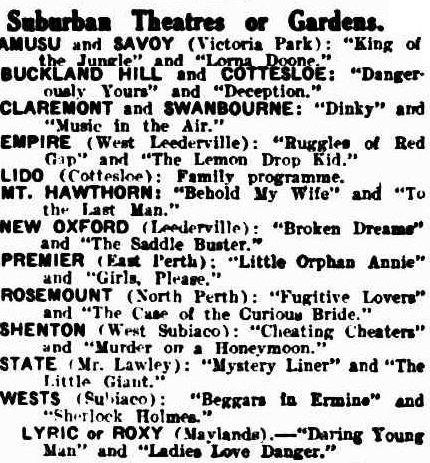

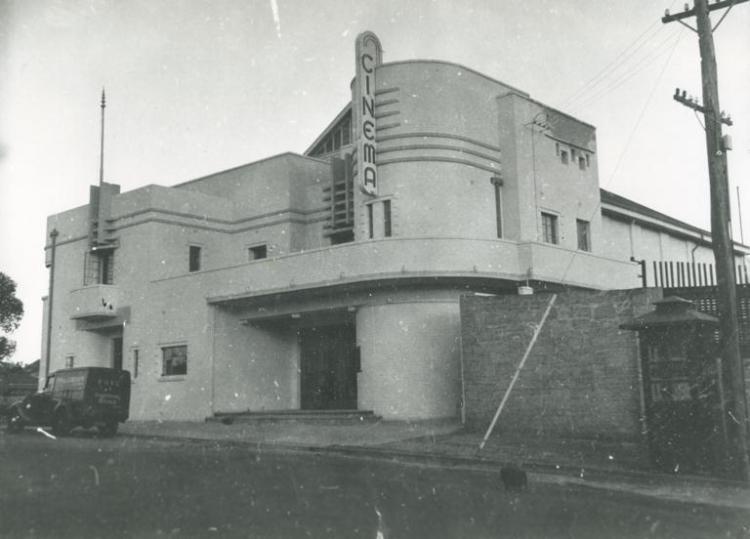
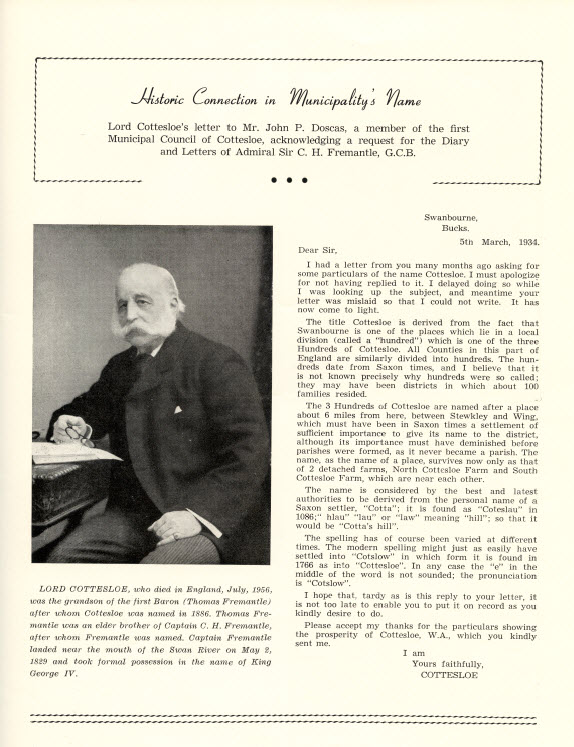


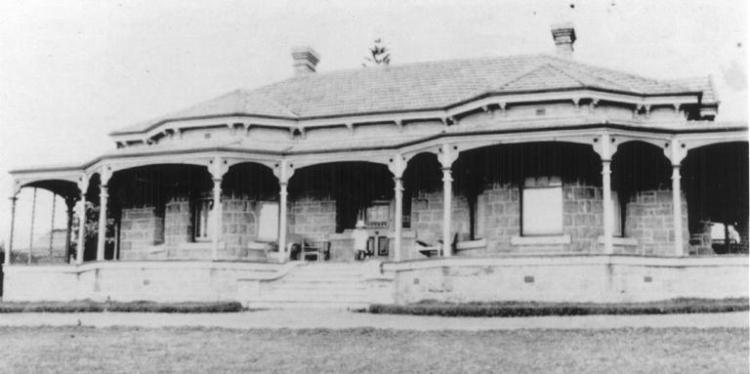
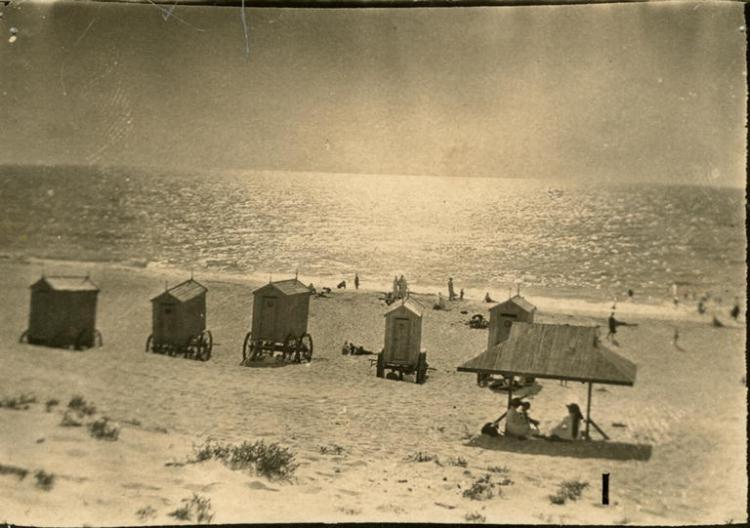


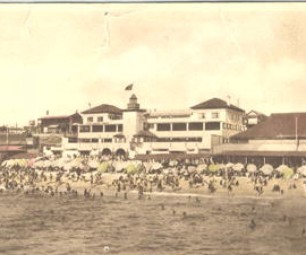 Very excited to announce that the
Very excited to announce that the 
